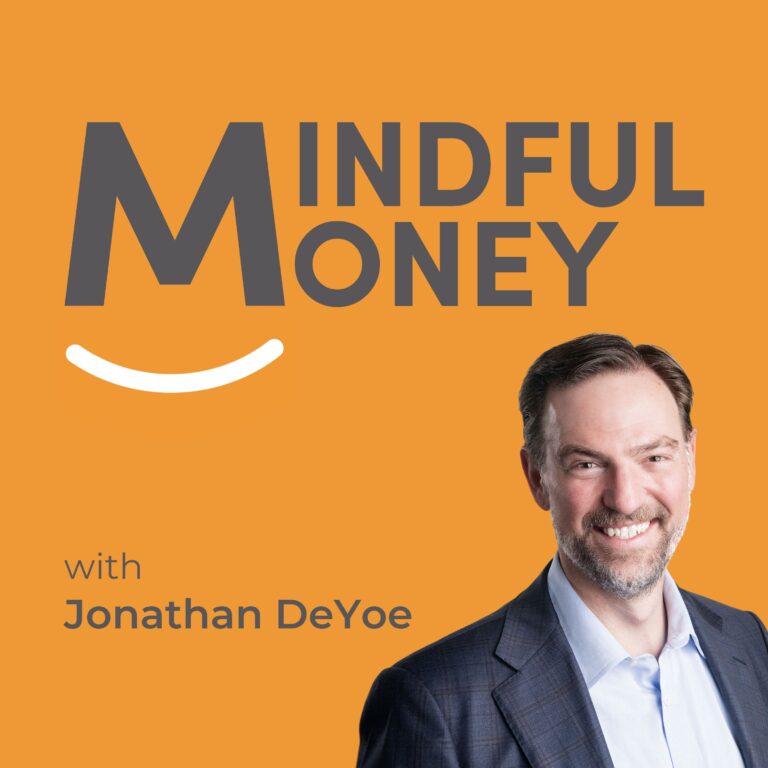To borrow from Churchill, “The balanced (stock/bond) portfolio is the worst form of investing known to man, except for all the other forms.”
All forms of investment have some kind of risk associated with them. If they did not, they would not provide the necessary opportunity for return. Riskless is the same thing as returnless.
Those people who are suggesting – based on its immediate past 1-year performance – that the 60/40 portfolio is dead are probably trying to sell something that isn’t a balanced stock/bond portfolio.
There is no reason at all to bet against the innovation and productivity of the human race. And there is no better way to bet on innovation and productivity than through owning equity in public and private companies.
The benefit of the 60/40 portfolio is first that it has 60% in equities which provide the bulk of the long-term returns investors are looking for, and second that it has 40% invested in fixed income (as ballast that usually increases when equities decline). The blend has proven very consistent and resilient over many decades and centuries. And, it didn’t work well in ‘22.
The risk to the balanced 60/40 portfolio is that both the 60% in equities and the 40% in bonds go down at the same time… which happened in 2022. It wasn’t the worst experience that investors in 60/40 portfolios have ever had (far from it – only the 3rd worst showing since the dot.com bubble burst). Pretty much all we can say about the 2022 return of the 60/40 portfolio is that it’s the most recent (everyone probably forgot about the others), so the pundits and the product salesmen are having a field day stirring up the fear and offering their solutions.
Ignore them.
2022 will go down as a rough year for investors because inflation and rising rates created 2 portfolio issues simultaneously.
The first is mathematical in that bond yield increases lead to bond price decreases. This applies to that 40% of the 60/40. We’ve literally been discussing this eventuality for almost a decade. At every January Forecast and every July Half-Time Report for as long as I can remember, we’ve said some version of, “No one can predict when the rates will rise, but when they do… all the money that has sought safety in bonds will be rudely surprised by large losses.”
With the safest investment in the world – US Treasuries (GOVT) – down about 14% and high quality corporate bonds (LQD) down about 18% from Jan 1, there is plenty of surprise to be had. But, again, the relationship is mathematical. Which means, it will also reverse when rates reverse. Bonds are NOT “stable,” but they usually provide a ballast to stock market losses when stocks go down. They didn’t this time, but with rates as high as they are now… they probably will next time.
The very reason that bonds didn’t work as ballast this time makes them more likely to work next time. AND, we now have the benefit of an interest payment while we wait.
The second thing that happened is far more interesting to me. This shows up by looking at the different performances of the various equity indices. Year-to-date, the Nasdaq (QQQ) is down almost 30%, the S&P 500 (SPY) is down 17%, and the Dow Jones Industrial Average (DIA) is down 7%.
If you read that carefully, you will note that the high-quality bonds are off 18%, while the S&P 500 (which we might argue is a basket of high quality stocks) is off 17%.
Please, DO NOT trust me on this. Go verify this little factoid. Prove to yourself that both bonds and stocks of quality companies are down in similar fashion AND that different kinds of businesses are, in fact, behaving differently in a rising rate environment. We should be really curious as to why this might be? 10 pundits may have 10 different explanations for it. I would say simply: this is what happens when the cost of capital goes up for high-growth companies.
Since the response to the Great Recession took rates to zero and held them there for the better part of 20 years, growth has outperformed value by a decent margin almost every year. The interest rate increase has reversed about ½ of that 20-year cumulative outperformance in a 10-month period.
When capital is free (or close to it, as in a zero-interest rate environment) lots of really stupid ideas get funded, and growth outperforms… right up until the cost of capital increases again. This is why we see growth (QQQ) underperforming value (DIA) by over 20% this year.
The market is differentiating between companies in an intelligent and orderly way.
Inflation and rising rates are acting as a reset for both the bond market and the growth side of our equity portfolios.
The issue going forward is how much further will rates increase? The Fed has basically told us that they are raising rates to the 5% area (where they want them to be long-term). Maybe they stop at 4.75%… maybe they push it to 5.5% (before they pause or even reverse course). That is only 1% more than they are now.
1 year ago, the Fed Funds Rate was in the range of 0 -.25%. Today it is at 3.75-4%. That is a massive 16X increase that explains why we see all the damage to markets. IF they push rates all the way to 5%, that is ONLY an additional .25X increase from here. And, it’s at least possible that the market’s decline already reflects the anticipation of 5% Fed Funds Rate. In other words, by the time we actually get the increase that takes us to 5%, the market may already be higher in anticipation of rate stability and possible reduction.
2022 didn’t spell doom for the 60/40 portfolio. Rather, it provided a market reset that will likely make the asset-allocated and broadly-diversified portfolio work better going forward.
If you are hearing talk about the demise of the 60/40 or simply of diversified stock/bond portfolios in general, you should feel free to ignore it. As long as stocks are ownership units in the great companies of the US, and the world and bonds are lending to the same companies or to government agencies, long-term success will be available in properly asset-allocated, broadly diversified, and regularly rebalanced portfolios of those items.
For another take, check out Dimensional’s commentary on the issue HERE.






